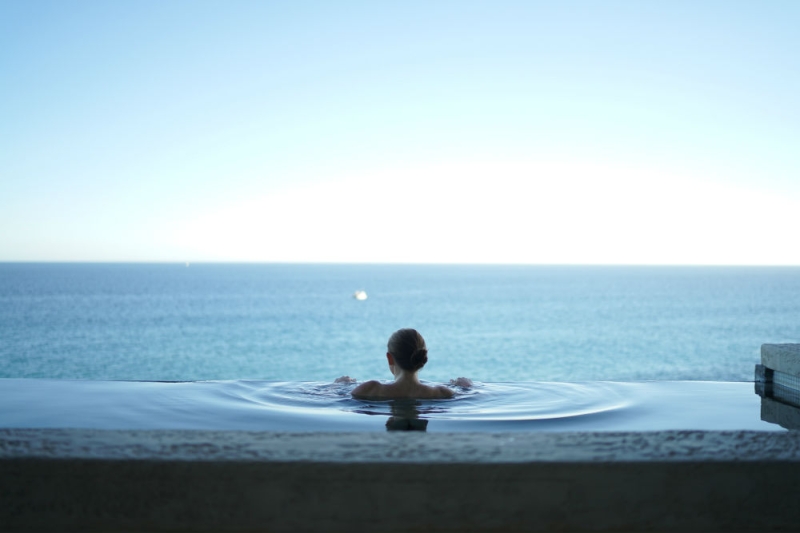
For some, a holiday at thermal and mud springs seems “retirement”, while others believe that this is a great chance to feel like a Russian aristocrat from the nineteenth century. We decided to figure out where to go to improve our health, and how not to die of boredom.
Caucasian Mineral Waters (Stavropol Territory)
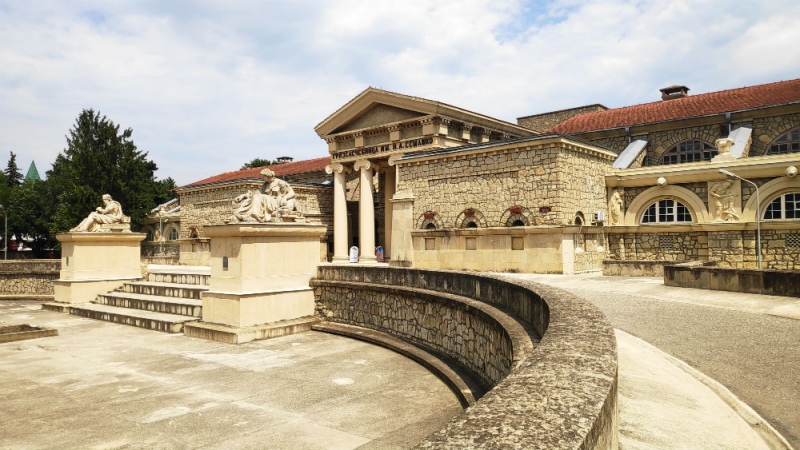
How to get there: From most major Russian cities you can fly here by plane – to Mineralnye Vody airport. And then by regular buses it is easy to get to any resort city you are interested in.
Why go: Caucasian Mineral Waters is one of the oldest resort regions in Russia. Mikhail Lermontov, Leo Tolstoy, Vera Komissarzhevskaya, Fyodor Chaliapin, Maxim Gorky and other famous personalities came here not only to receive medical treatment, but also to spend time in noble society. Today Mineralnye Vody is the largest balneological resort in Russia, which has no analogues in the world in terms of the variety of mineral springs.
The most difficult thing is to choose which city to go to. Kislovodsk is famous for its sources of medicinal mineral water “Narzan”, which is useful for people suffering from diseases of the gastrointestinal tract, liver, gall bladder and urinary tract. In Essentuki there is a popular mud bath and mineral springs, recommended for problems with metabolism and digestion and if you are overweight. People have been coming to Pyatigorsk for a long time to treat diseases of the nervous system, arthritis, osteochondrosis, consequences of bone fractures and other mechanical injuries, urological diseases and problems with peripheral vessels.
The most opportunities for treatment are in Zheleznovodsk. The local climate is compared to the Alpine, and there are more than twenty mineral springs in the city and its surroundings. It is worth coming here for those who are concerned about chronic liver diseases, stomach and duodenal ulcers, gout, biliary tract diseases, gynecological diseases, musculoskeletal diseases, and respiratory problems. Tambukan mud treatment is also carried out here, which is very useful for skin diseases and cosmetic problems. In a word, this is an almost universal resort, which also boasts a large number of pump rooms – pavilions installed above mineral wells.
At the same time, you can come to any of these cities and simply relax “on the waters” – it is absolutely not necessary to have any health problems.
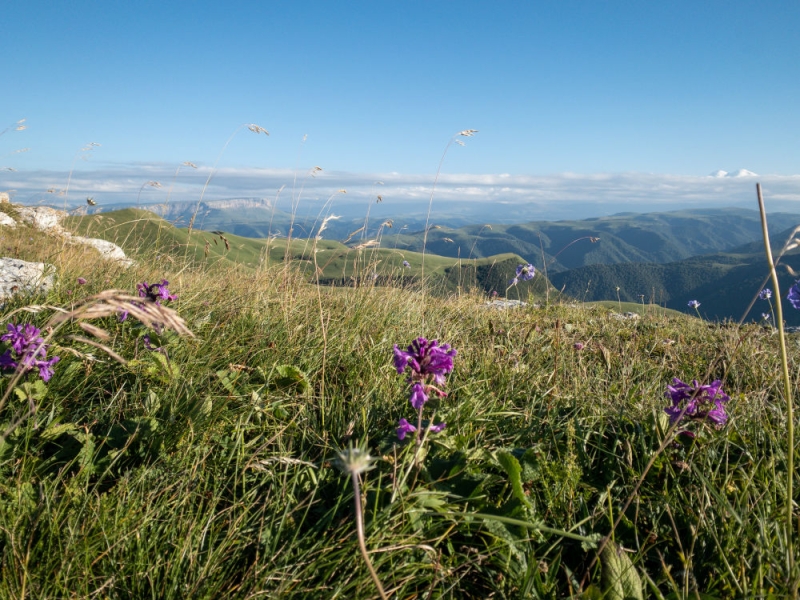
Things to do in the area: Caucasian Mineralnye Vody is located in the foothills, so the answer seems obvious: it is a great place for hiking. For example, you can conquer Mount Mashuk near Pyatigorsk, famous for the botanical abundance on its slopes (by the way, if hiking is not for you, there is a cable car to the top). Near Zheleznovodsk there are no less picturesque peaks – mountains Razvalka, Medovaya, Beshtau, Zelenaya, Byk, Kabanka.
Even if you are not staying in Kislovodsk, be sure to take the time to get to the picturesque Kislovodsk National Park with the Narzan Gallery, the Valley of Roses, the Mirror Pond and the Maloe and Bolshoye Sedlo mountains.
The majestic Mount Elbrus is located just twenty kilometers from the border of the Caucasian mineral waters. While relaxing at the resort, you can go for a day or two to Kabardino-Balkaria or Karachay-Cherkessia, colorful and hospitable southern republics. In winter people go skiing and snowboarding here, and in summer they simply enjoy the beauty of the green slopes and eat the most delicious khychin in the world.
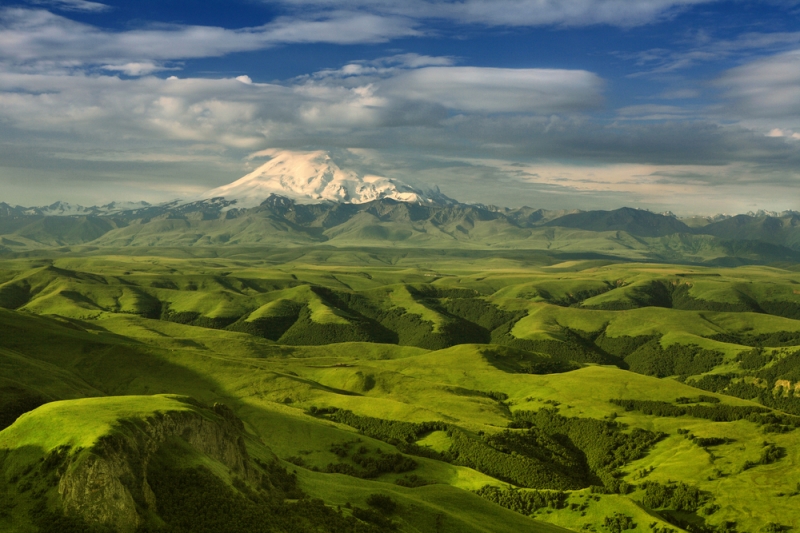
In terms of the number of cultural attractions, Pyatigorsk is, of course, the leader. The city will especially have fans of literature will like: you can visit the famous Proval, known from the book “12 Chairs”, find monuments to Ostap Bender and Kisa Vorobyaninov, see the site of Lermontov’s duel and the Lermontov Grotto (by the way, it is in Pyatigorsk that the action of the novel “A Hero of Our Time” takes place).
If you’re not the squeamish type, be sure to find one of the “shameless baths” – free and open mineral water baths. This is a real miracle of nature (some even boast of the presence of healing mud), however, no one monitors the cleanliness there, so swimming is at your own peril and risk.
The Caucasus is a region not only of beautiful nature, but also of excellent food. Having visited Pyatigorsk, you can’t help but visit the Upper Market – a gastronomic location where national cuisine made from local products coexists with excellent wine from all over the world and fashionable cocktails. In general, thanks to the climate, there are excellent vegetables and fruits everywhere.
Matsesta (Sochi, Krasnodar region)
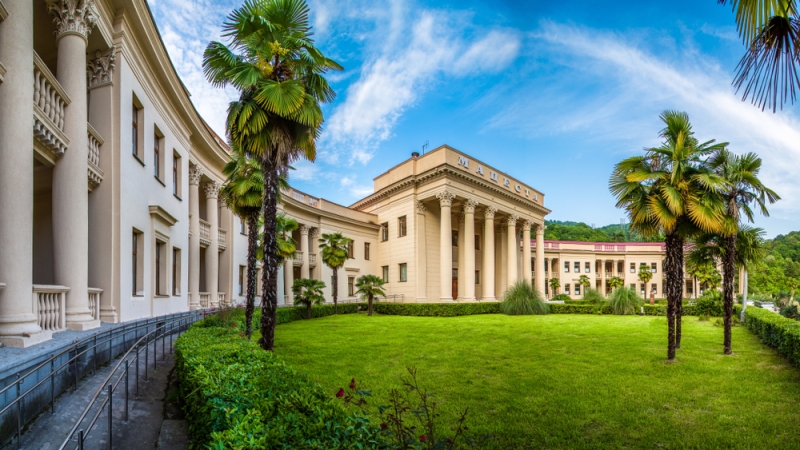
Photo: ivanvislov/Shutterstock.com
How to get there: From Sochi airport you need to get to Adler railway station. There, take the Lastochka train, bus No. 105, No. 105c or minibus No. 173. By the way, the railway tracks run along the sea, so the train option will appeal to lovers of beautiful views. And it’s cheaper by bus.
Why go: The quiet town of Matsesta with its numerous sanatoriums stands on hydrogen sulfide springs. This place has been known for its healing properties since ancient times: they say that the so-called fire water was known in Ancient Rome and Byzantium.
Matsesta hydrogen sulfide baths have a beneficial effect on blood circulation, normalizing blood pressure and metabolism. Sulfide baths are suitable for those who suffer from diseases of the nervous system, nasopharynx, skin, rheumatic joint damage, gynecological ailments, problems with the nervous system, musculoskeletal system, hypertension, chronic neuritis, laryngitis, pharyngitis, periodontal disease, as well as for people undergoing rehabilitation after burns and operations. In total, the techniques developed in the health resorts of Matsesta can help with more than one and a half thousand diseases.
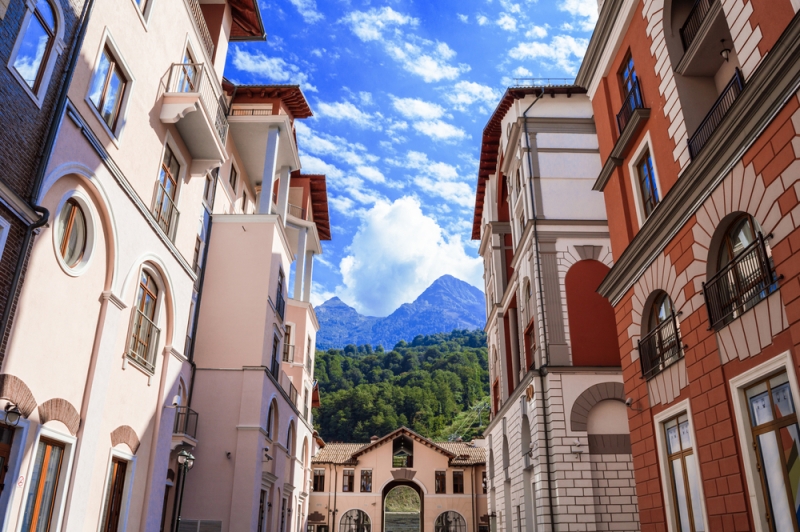
Photo: Yevtushok Tatyana/Shutterstock.com
Things to do in the area: Matsesta is a suburb of Sochi, so vacationers here have access to almost all the benefits of the most famous Black Sea resort. On the one hand there are numerous beaches, water parks, surfing, windsurfing, and yachting. On the other hand, there are majestic mountains, winter resorts for outdoor enthusiasts, picturesque nature – waterfalls, nature reserves and groves. In general, over the last decade, Sochi has turned into a fashionable and stylish place where entertainment can be found for almost every taste and budget.
But Matsesta also has its own attractions – you don’t have to go far. For example, you can visit a tea plantation, the Matsestin Arboretum or a local cascade of eighteen waterfalls located in a rock gorge.
Saki (Crimea)
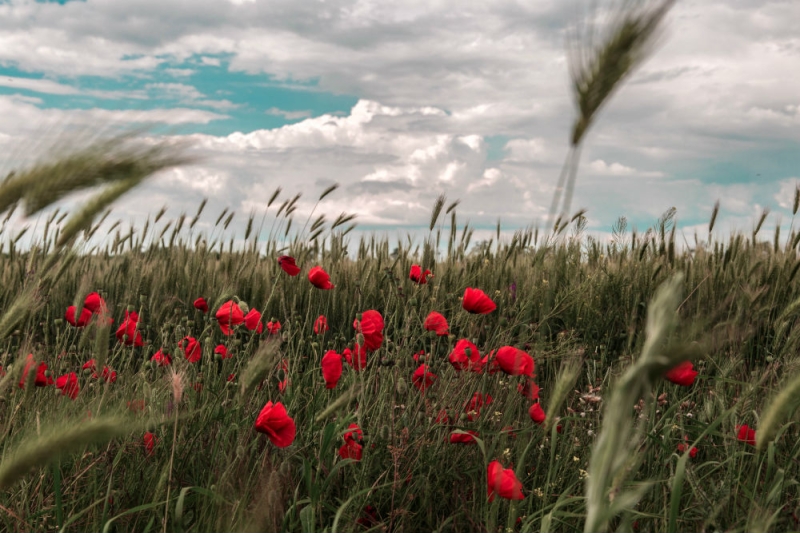
How to get there: Saki resort is located 40 kilometers from Simferopol airport and is connected to it by bus (you can get from the city to Saki and by train). If you are arriving from other cities in Russia, you can buy a single Russian Railways ticket with a transfer in Yevpatoria.
Why go: The city of Saki is one of the oldest resorts in Crimea. It stands on the shore of the salty Saki Lake, whose mud and brine have healing properties (it was here that the first mud bath in Russia was opened). Treatment in Saki is quite universal: it helps with skin, eye, gynecological, urological diseases, ailments associated with the peripheral nervous system, digestive organs, musculoskeletal system, respiratory and ENT organs, and cardiovascular system.
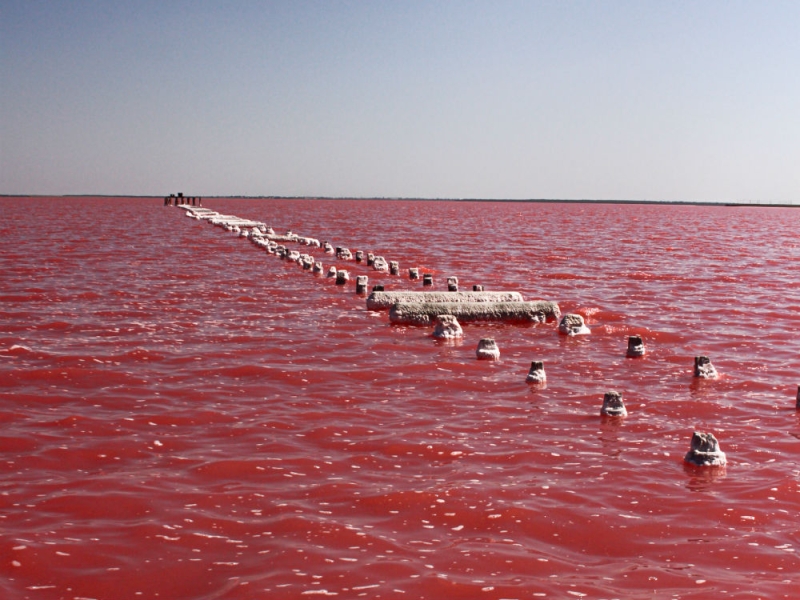
What to do in the area: Saki Lake is one of several pink salt lakes in Crimea. In the west it is separated by a canal from another – Sasyk, which is even more picturesque. Both bodies of water are amazing natural phenomena, and thanks to their unusual color, pink lakes attract drone filming enthusiasts.
Well, as for entertainment in Crimea, you definitely won’t get bored here. Firstly, it is an impressive nature: capes Fiolent and Meganom, Mount Demerdzhi and the Valley of Ghosts, the Chatyr-Dag mountain range and the Marble Cave, the Great Crimean and Belbek canyons, the Alushta nature reserve and Zelenogorye… You can go hiking – on foot, by bike or on horseback, ride into the mountains in jeeps, or even make a real climb up a sheer cliff using ferratas – metal climbing structures. People of the older generation should enjoy health paths – health paths laid through the Crimean pine tracts and alpine meadows.
Secondly, the historical heritage of Crimea is great and spans many eras – literally millennia! The royal mound near Kerch and the ruins of Chersonese Tauride will take you back to antiquity, the rock city of Chufut-Kale will introduce you to the Karaites, the Genoese fortress will tell you what connects Crimea with Italy, the Khan’s Palace in Bakhchisarai will revive the well-known poem by Pushkin, and the Livadia, Vorontsov and Massandra palaces will reveal little-known chapters in the history of the royal family. Sevastopol, Yalta, Gurzuf, Koktebel – these cities are associated with many significant events and people for Russian and Soviet history.
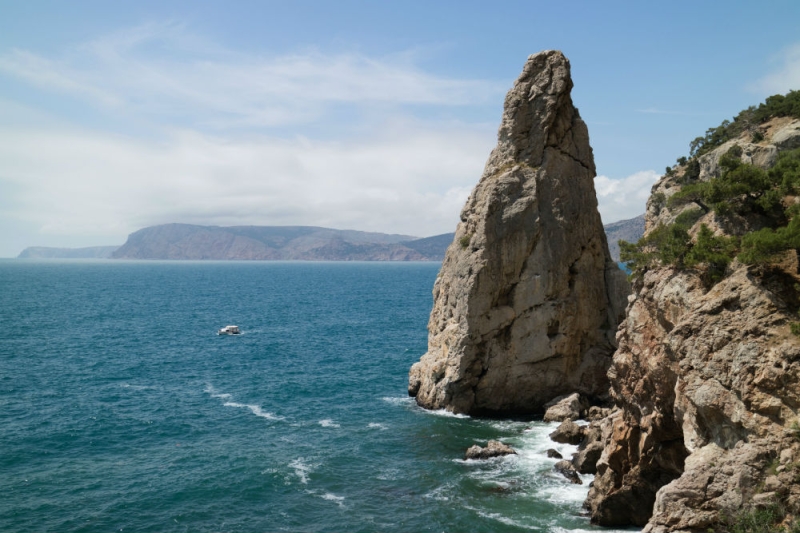
Thirdly, Crimea is washed by two seas at once – the Black and Azov. The best beaches of the peninsula are located near Balaklava – you can get to it from Saki in an hour and a half – near the village of Olenevka (they are also called Miami because of the azure color of the water and snow-white sand), near the village of Popovka and in Tikhaya Bay. Families vacationing with children should especially like the shell beaches of the Azov Sea – the water there is warm and calm (and less salty than in the Black Sea), and the depth is small.
Finally, Crimea is an excellent region not only for lovers of historical sights, active recreation and passive beach relaxation, but also a real paradise for gourmets. Today on the coast it is easy to find restaurants that are not inferior to either Moscow or Mediterranean ones. Taste local products: sea reptiles (Black Sea oysters are tastier than Far Eastern ones, and rapan salad is something like a Sevastopol signature dish), fish (flounder, mullet and red mullet), Crimean wines (both sweet dessert wines produced in Massandra and elegant dry wines from the private winery Alma Valley) and champagne from the “New World”, and, of course, local fruits: figs, peaches, grapes.
Hot springs of Baikal
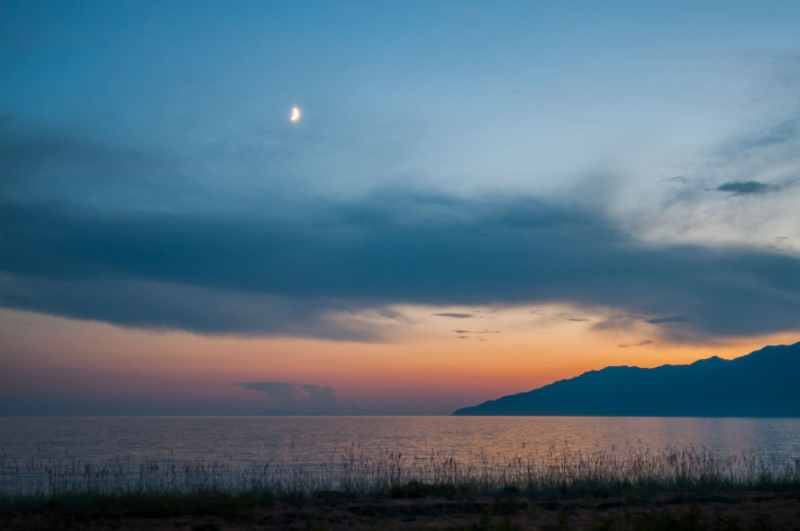
How to get there: There are many thermal springs on Lake Baikal: they are mainly located on the eastern, northern and southern shores of the lake. That is, to visit at least one of them, you just need to come to Baikal. If you are planning to visit the thermal baths and attractions of Southern Baikal, it is more convenient to fly to Irkutsk and from there get to the locations that interest you. If your vacation is planned on the East Coast, fly to Ulan-Ude. From these cities, small planes of the PANH airline fly to Severobaikalsk three times a week. You can also continue your trip around Lake Baikal by bus, train or water transport. However, getting to the thermal springs on your own is quite difficult; it is better to enlist the help of local guides and drivers.
Why go: Since there are many thermal baths in the Baikal area, the range of conditions with which it is worth coming here is large. The air of Baikal itself – mountainous, rich in phytoncides from the surrounding coniferous forests – promotes relaxation and healing.
For example, in the south of the lake, near the village of Zhemchug, there are thermal baths called “Tower”, where the water is rich in methane with a slight admixture of radon. You should take such “baths” to improve your general condition, chronic fatigue, and sleep problems.
In the village Nilovaya Pustyn there are sanatoriums with radon water, where they help people with diseases of the musculoskeletal system, peripheral nervous system, skin and chronic inflammatory diseases diseases. From the Nile Desert you can walk on foot to the healing springs and mud of the river Shumak. There are about a hundred sources here, and they help with a huge list of diseases.
In case of muscle strain, fatigue, or after heavy physical exertion, it is recommended to come to Khoito-Gol. There, at the hot hydrogen sulfide springs, small wooden bathhouses have been standing since Soviet times.
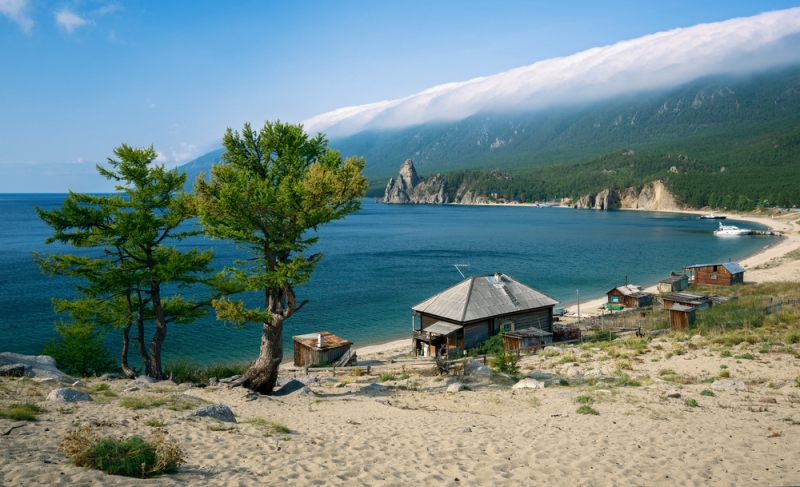
In the Buryat village of GoryachinskPeople come to mineral springs to treat wounds, diseases of the respiratory and digestive organs, the nervous system, and gynecological diseases. In recent years, local authorities have been actively developing tourism here, so you definitely won’t have to spend the night in a tent anywhere in Goryachinsk.
People suffering from rheumatism, radiculitis and chondrosis are also advised to come to Buryatia – to Zmeinaya Bay in the north-east of Baikal (you can stay in the village Ust-Barguzin). Two thermal hydrocarbonate-sulfate-sodium springs are located right on the coast in wooden log houses, not far from the edge of Lake Baikal. In the lake itself the water is very cold, while in the springs it is about 42-45 degrees; many visitors like to swim alternately – either in the fonts or in Baikal.
In the northeast is located Khakusy Baywith the siliceous thermal springs of the same name. People often come here to swim at night – to watch the starry sky above Lake Baikal (the water temperature of 47 degrees will prevent you from freezing). Khakus waters have a beneficial effect on nerve endings, capillaries and joints.
One of the most famous mineral resorts of Baikal is Arshan. The water here is close in composition to “Narzan”; it is recommended to drink it for chronic gastritis. Showering from Arshan water is recommended for the prevention of neurotic diseases.
Hot springs Barguzin Valley– this is a real thermal park, because there are more than 150 of them (most of them are sulfate-hydrocarbonate-sodium with a high content of silver, magnesium, iron and zinc cations, with a temperature from 23 to 50 degrees). Healing water comes straight out of rock fractures. They say that you can often see abandoned crutches and canes near the springs, their effect is so powerful: people with a variety of problems come here for treatment.
Arshan Pandito Khambo XII Lama Itigelov in the Ivolginsky district is a spring located in a Buddhist shrine. It is rich in silver and is used by both traditional and modern medicine to treat hypertension, skin diseases, allergies, liver diseases, diabetes, eye diseases, hearing diseases and many others.
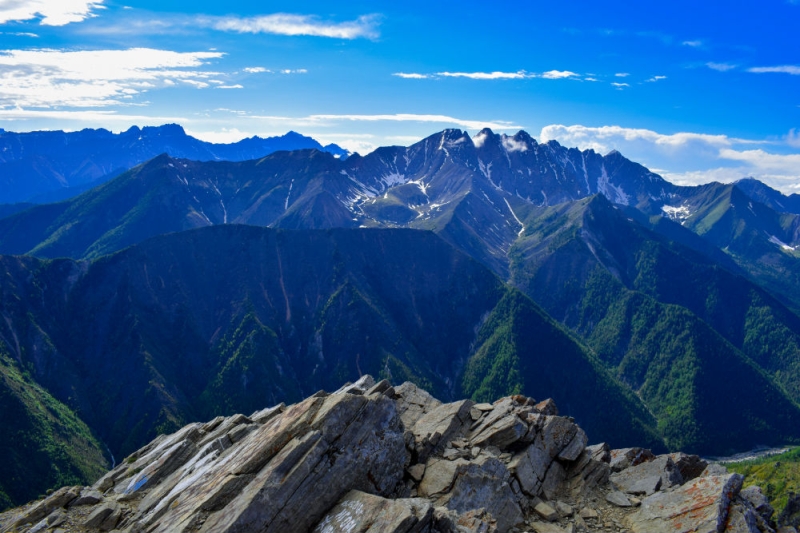
What to do in the area: The lake itself is beautiful at all times of the year, and in winter it’s absolutely magical – remember the ice with frozen bubbles, photo of which appear on the accounts of Instagram bloggers around December? By the way, low temperatures do not in any way affect the attendance of the thermal baths, on the contrary, this has its own charm – basking in hot springs when it’s snowing around…
In winter, on the icy Baikal you can go ice skating, “loaves” and “cheesecakes”, as well as go to one of the nearby ski resorts, ride on the ice-moving vessel “Khivus”, on a snowmobile or in a dog sled, and go fishing on the ice. In summer you can explore hiking trails through the Siberian nature. Residents of the European part of Russia will be interested in visiting Buddhist temples on the territory of Buryatia.
Be sure to try dishes of Siberian and Buryat cuisine: fish splitting (a variation of stroganina), hot smoked omul, dried whitefish, fish sagudai, “Buryat dumplings” poses, shish kebab soup called buchler, as well as real pine nuts.
Sources of Kamchatka
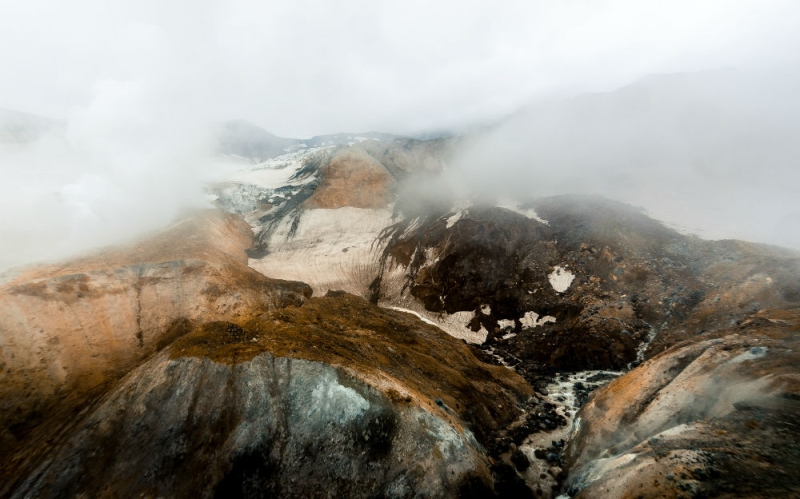
How to get there: Kamchatka airport, where planes fly from Moscow, is located near Petropavlovsk-Kamchatsky. Getting around the peninsula itself is not easy: some places can only be reached by all-terrain vehicle or airplane. Therefore, if you are heading to a thermal resort, check the transfer conditions in advance through official channels. As a rule, the largest and most popular of them are reached by regular buses and minibuses from Petropavlovsk-Kamchatsky.
Why go: Kamchatka is a peninsula of volcanic origin, practically Russian Iceland. Not surprisingly, there are many sources here. They say that there are more than one and a half hundred large thermal spring outlets alone. There are baths, lagoons, and thermal baths.
70 kilometers from Petropavlovsk-Kamchatsky there is a balneological resort – paratunka river valley. Nizhne-Paratunsky weakly mineralized springs contain a high concentration of silicon and sodium. This water helps people with diseases of the skeletal and musculoskeletal systems, diseases of the nervous system, skin and gynecological ailments. The Middle Paratunsky springs and Verkhne-Paratunsky hot springs are distinguished by high temperatures and low arsenic content.
Thermal springs Khodutka volcano– fresh hot water pouring into the river bed. The water here reaches a temperature of 37 to 49 degrees, and swimming in such a river is very difficult, however, they say that resting at this source well restores lost performance and concentration.
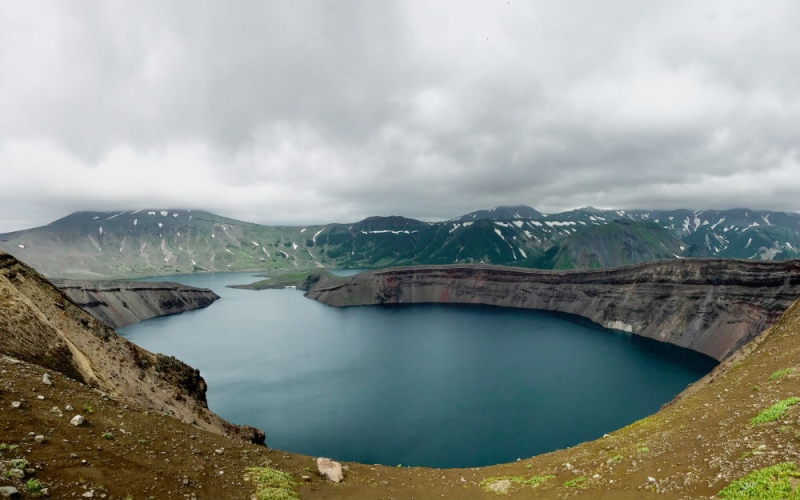
Malkinsky thermal springsreminiscent of the Icelandic Blue Lagoon. They were lost in a birch forest 5 kilometers from the village of Malki. Here springs with a temperature of 84 degrees gush out from under the ground, then they mix with a cold stream. This is one of the locals’ favorite vacation spots: these thermal baths are recommended to everyone who just wants to have a good rest.
Near the Pinachayevsky deposit of hydrogen sulfide waters there are Zelenovskie lakes: small baths, the water in which is rich in radon. They say that such baths have a general strengthening effect, helping the body weakened by long-term illnesses or debilitating loads, prolonged stress. After swimming in the hot baths, you can refresh yourself in the cleanest lake located very close, which is fed by ice springs.
One of the most picturesque, but at the same time inaccessible thermal resorts in Kamchatka is Vilyuchinsky springs (from Petropavlovsk-Kamchatsky you will have to go there by SUV for about 12 hours). The baths are located at the foot of the Vilyuchinsky volcano, near a powerful 16-meter waterfall.
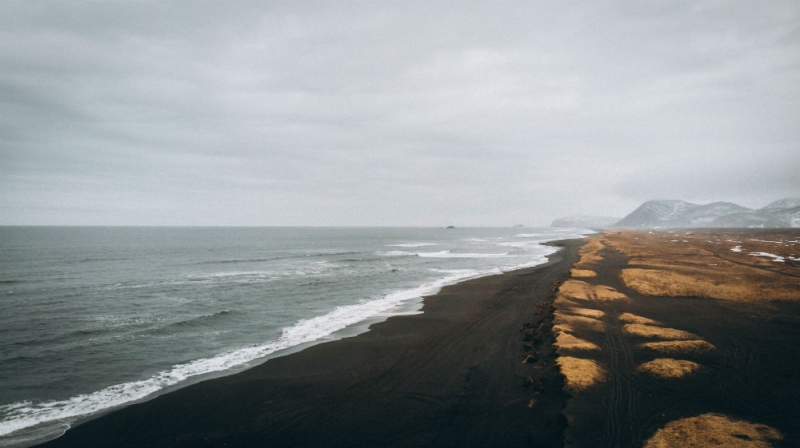
Things to do in the area: Kamchatka is a truly magical land that every Russian should definitely visit at least once in their life (though, most likely, you will want to come back again and again). People come here to admire nature – it is so unusual for the average resident of central Russia and surprisingly diverse. Be sure to see at least one of the hills – Klyuchevskaya, Koryakskaya, Mutnovskaya, Avachinskaya, Kronotskaya. Visit the Klyuchevsky volcano – it is one of the most active on the island and is constantly “strange”. Watch the bubbling springs in the Valley of Geysers, wander along the black volcanic beach, and finally conquer the volcano. Go to Kuril Lake to watch bears fish from afar. Get to know the local people – the Koryaks – and their traditions.
In the summer, a holiday in Kamchatka can be an adventure no worse than the Balinese one: surf camps are open here, you can go out to sea and watch whales, killer whales and dolphins (or at least lazy grunting sea lions). In winter, ski lovers come here – you can go down the slope of the volcano, as well as those who don’t mind riding in the snow on dog sleds, sleighs or snowmobiles. Also, due to the inaccessibility of many interesting locations, helicopter flights in Kamchatka are commonplace. Be sure to try it.
Well, at any time of the year, Kamchatka offers excellent seafood. Sea urchin caviar, huge crabs, mountains of red caviar, stroganina – we warn you, if you try it here, you will forever fall out of love with sea reptiles from Moscow supermarkets.
Text author: Margarita Paimakova

